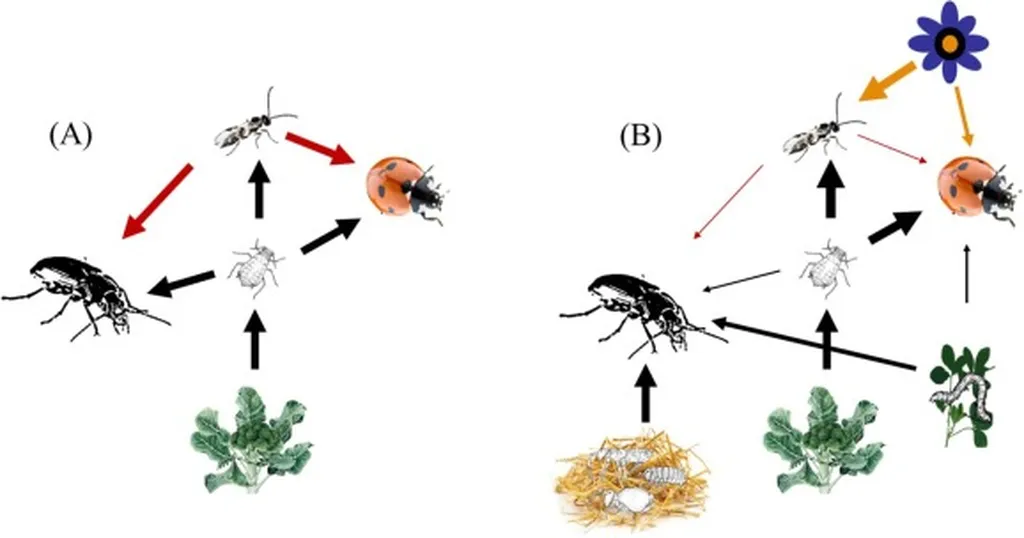In the quest for sustainable agriculture, farmers are increasingly turning to nature’s own pest control: carnivorous arthropods. But not all predators are created equal, and a new review published in *Scientific Papers Animal Science and Biotechnologies* suggests that size might matter more than we thought. Led by Cristian Andrei Murgu, the research delves into the complex relationship between body size and predation efficiency, offering insights that could reshape how we approach biological pest control.
The study highlights that larger predators often have an edge. “Larger body size typically confers advantages such as increased prey consumption, a broader feeding range, and higher fecundity,” Murgu explains. This means bigger predators can eat more pests, cover more ground, and reproduce more effectively—all critical factors for farmers looking to protect their crops without relying heavily on chemical pesticides.
However, size isn’t just a straightforward advantage. The review also notes potential downsides, such as reduced desiccation resistance and increased vulnerability to toxic compounds. “While larger predators may be more efficient hunters, they might also be more susceptible to environmental stressors,” Murgu adds. This duality suggests that farmers and agritech developers need to carefully consider the trade-offs when integrating these natural predators into their pest management strategies.
The commercial implications are significant. As the agriculture sector continues to prioritize sustainability, the demand for effective biological control methods is growing. Understanding how body size influences predation efficiency could lead to more targeted breeding programs or the selection of predator species better suited to specific agricultural environments. This could translate into higher crop yields, reduced pesticide use, and ultimately, more profitable and environmentally friendly farming practices.
The research also underscores the need for further investigation. “There are still many gaps in our knowledge,” Murgu acknowledges. Future studies could explore how different agricultural practices influence predator body size and how these changes impact predation efficiency over time. By filling these gaps, the agriculture sector could unlock even greater potential in biological pest control.
As the industry moves toward more sustainable practices, this research serves as a reminder that nature often holds the key to solving some of our most pressing agricultural challenges. By harnessing the power of natural predators—and understanding the nuances of their biology—farmers and agritech innovators can pave the way for a more resilient and productive future.

